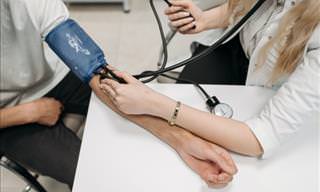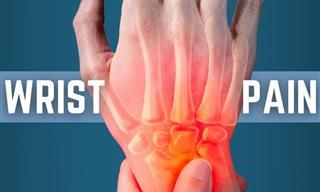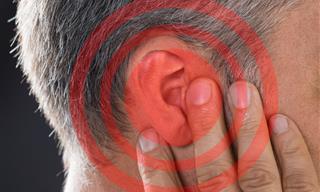1. Make a vacuum seal with your hand
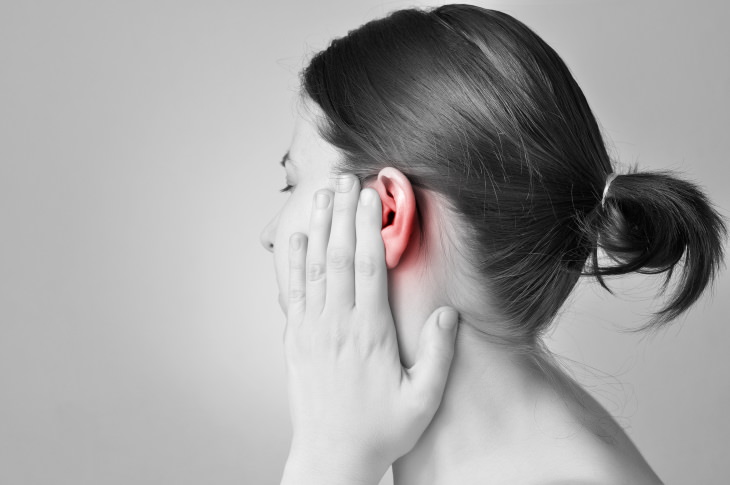
Creating a vacuum can help draw out the water. This method doesn’t require any additional equipment and is quite effective for water stuck in the ear canal. Follow these steps:
1. Tilt your head to the affected side and cover the ear with a cupped palm.
2. It’s important to cover the entire ear with your palm and seal the ear tight to create a vacuum.
3. Push your hand to and fro the ear, flattening the palm when you push towards the ear and cupping it when you move away from the ear. Repeat as long as needed.
4. You may hear the water being released from the ear canal. As a final step, tilt the head even further to let the water drain out of the ear.
2. Take a steamy shower
If you feel that the water is stuck deep inside the ear, a steamy shower or bath may help the water drain. Steam helps the water move from the middle ear towards the back of the throat through a tiny canal called the Eustachian tube.
You can also steam your ear and face alone by filling a bowl with hot water and holding the affected ear over the water while also covering the head with a towel to trap the steam in. All you have to do is stay this way for 5-10 minutes and breathe in the steam.
3. Try this ear equalization technique
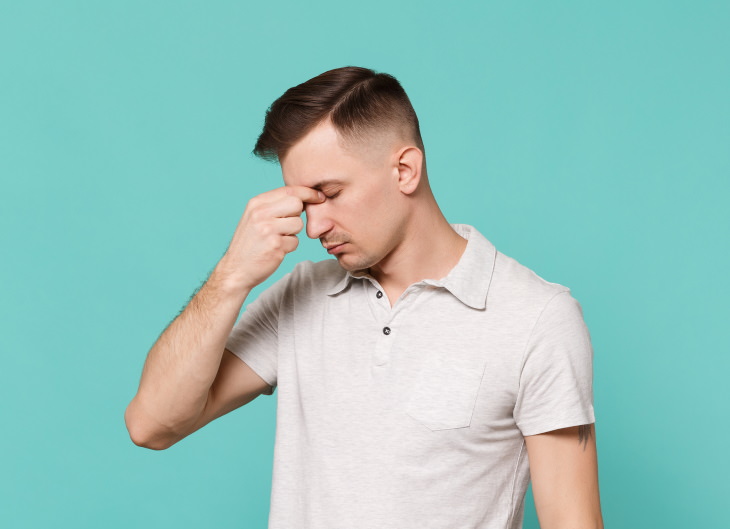
This method is called the Valsalva maneuver, and it’s useful for draining water from the inside of the ear by opening the Eustachian tubes. It’s actually helpful for clearing up any ear blockage, not just water. Follow these steps to perform the maneuver:
1. Inhale deeply and then close your mouth and cover your nose with your fingers so that no air is able to escape.
2. Slowly and gradually blow the air out. Make sure not to blow too rapidly or too hard, as this can damage your eardrum.
3. Release when you hear a popping sound and feel the water drain away.
4. Tug at your earlobe
A gentle tug at your earlobe straightens your ear canal and helps any trapped water escape. Tilt your head to the side you want to treat or even lay down while resting the affected ear on a towel. Then gently tug at your earlobe a few times until the water drains out onto the towel. It’s as simple as that.
5. Use a hairdryer

Hairdryers have countless handy uses. An ordinary hairdryer can help you when your ears are blocked with water, for example, as it can evaporate the water in your ear. Make sure to turn on your blow dryer to the lowest setting and keep it about a foot (30 cm) away from your ear to prevent it from burning your skin or ear. Hover the hairdryer over the ear for a minute or so while also tugging at your earlobe. The latter will let more of the warm air into your ear canal and help the water evaporate faster.
6. Make your own ear drops
Dry eardrops are available at drugstores, but if you don’t have any around at the moment and need to deal with a clogged-up ear, you can try making your own ear drops. Note that this method only works when the outer ear is affected and shouldn’t be used if you have a history of any ear problems.
To make these eardrops, you’ll need to mix equal parts alcohol and vinegar. The alcohol aids in the evaporation of the water in your ear. The vinegar has antibacterial properties and helps remove earwax that could be the reason why you have water trapped in the ear. Use a sterilized dropper to administer 3 drops of the mixture into the affected ear and wait for 30 seconds. Tip your head to the side to allow the solution to drain out of the ear.
7. Chew, yawn, or just open your mouth
The reason why the water in the ears often goes away by itself is that ordinary movements like chewing, opening your mouth, or yawning can help open up the Eustachian tubes and drain out the water. Chewing on some gum or yawning a few times in a row can sometimes speed up the process and clear your ears.
If this doesn’t help, open your mouth and move your jaw slightly from side to side to open the Eustachian tubes. A popping sound indicates that the Eustachian tubes have opened.
8. The Toynbee maneuver
The Toynbee maneuver is the last technique we will explain in this article. The technique involves closing your nostrils with one hand and taking a few sips of water several times until the water is released through the Eustachian tubes. This technique combines the action of swallowing water and creating a vacuum seal, which will pump the water from the middle ear towards the nasopharyngeal cavity.
What NOT to do when you have water trapped in your ears
If you tried all of the remedies we’ve mentioned above and they aren’t working, it’s important to be patient and resist engaging in potentially traumatic procedures like sticking cotton swabs, your fingers, or any other objects inside your ear. All of these actions may actually push the water even deeper, introduce harmful bacteria into your ear canal, or even damage your eardrum.
It’s also important to avoid any ear drops if you have ear tubes or any history of ear infections. In these cases, it’s important to see a professional.
Symptoms of an ear infection to look out for
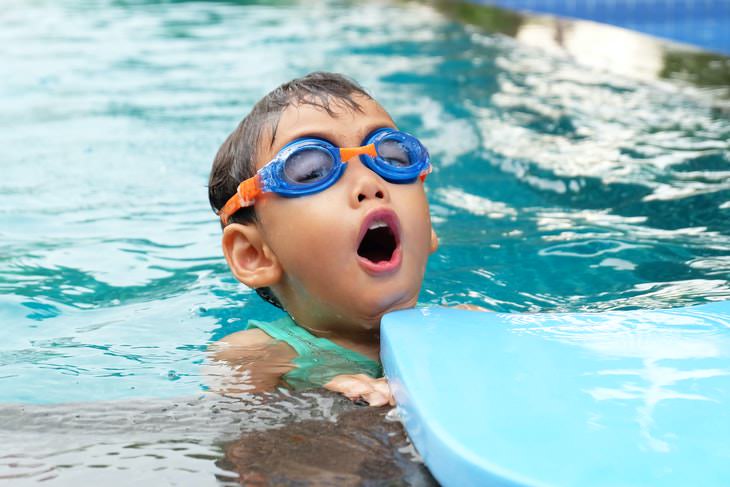
Swimming is the most common way to get water stuck in your ears, but any exposure to water can technically block your ears. In most cases, the water will drain out of the ear by itself after a few hours. If they don’t, the moisture may promote bacterial growth and you could develop a type of ear infection called swimmer’s ear.
“Swimmer's ear is an infection in the outer ear canal, which runs from your eardrum to the outside of your head,” states Mayo Clinic. Water in the ear canal is not the sole cause of swimmer’s ear. Putting fingers, cotton swabs, and other objects in the ear canal may also damage the skin in your ears and lead to this infection. Look out for the following symptoms of swimmer’s ear and seek medical help if you experience any of them:
- Redness or itching in the ear canal
- Fluid coming out of your ear
- Pain or discomfort that becomes stronger when you tug on your ear or push on the tragus - the little bump in front of the ear canal
- Swollen lymph nodes
- A feeling of fullness inside your ear
- Muffled hearing.
If you’re prone to getting water stuck in your ears while swimming or any other activity, make sure to always dry the outside of your ears after contact with water. It’s also helpful to use a swim cap or earplugs while swimming. These methods will help prevent water from being trapped in your ears and swimmer’s ear.
Share this information with those who will find them useful!
 Go to BabaMail
Go to BabaMail











